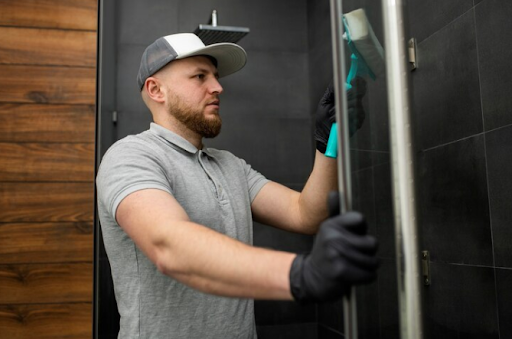Frequent elevator maintenance is crucial to ensuring their dependable and safe functioning. This article will cover several topics, including the value of routine lift maintenance, how to schedule lift maintenance, how to handle typical maintenance problems, and how to guarantee compliance and safety.
The need for a lift service in all commercial buildings is important and useful. Whether a building is under construction or fully constructed, a lift will provide the best option for moving heavy items securely. They are considered the best supporters for the commercial sector.
Advantages of Routine Elevator Maintenance
Regular maintenance is essential for lifts to function at their best. It increases the equipment’s longevity and guarantees user safety. Following a proactive maintenance strategy, building owners and facility managers can reduce the risk of accidents and avoid expensive failures.
Understanding Lift Components
Understanding the parts of an elevator system is essential to appreciating the importance of lift service. Lifts comprise several components that cooperate to provide safe and efficient transportation.
The elevator machinery room contains important parts, including the motor, gearbox, and control systems. The elevator’s motor drives it, while the gearbox regulates its direction and speed. Other essential parts include the doors that lead to the lift vehicle and the hoistway, which functions as the lift’s vertical shaft.
Creating a Timetable for Lift Maintenance
Elevators require a well-defined maintenance program to be kept in optimal operating order. The kind of building and its usage are two important elements that will determine how frequently a structure needs maintenance checks.
Determining the extent of maintenance chores is crucial when developing a maintenance timetable. This includes testing safety features and emergency systems, inspecting and cleaning equipment, and lubricating moving components.
Hiring a professional lift maintenance service
Maintaining elevators requires particular expertise. To guarantee the best performance and safety level, choosing a reliable and skilled lift repair service is essential. Before choosing one, consider a maintenance provider’s history, industry credentials, and client testimonials.
Assessing service agreements and contracts is also crucial. The scope of work, repair turnaround times, and other terms and conditions are described in these documents. You may better understand the kind of service you can anticipate and avoid any future misunderstandings by carefully reviewing these contracts.
Performing Routine Maintenance Tasks
Lift maintenance is dependent on routine maintenance activities. Lubricating moving components regularly minimizes wear and friction, resulting in efficient and friction-free operation. Cleaning and checking the equipment aids in spotting any indications of wear and tear or malfunction.
Testing emergency systems and safety features is another essential part of periodic maintenance. This includes inspecting emergency brakes, sheet rubber, alarm systems, and lighting. Periodically carrying out these checks guarantees that the lit is ready for unanticipated events.
Ensuring lift compliance and safety
Sustaining safety standards requires adherence to lift rules and regulations. Lift codes establish standards for design, installation, and maintenance to guarantee the safe functioning of elevators. Routine safety inspections are important to evaluate compliance and find any possible risks or infractions.




